I can’t believe we’ve already been in our new country for two weeks! The time has flown by, and we’ve hardly had a chance to recognize each transition, as they’ve all come at break-neck speed. We are quickly adjusting to the fact that we are not tourists cheerfully observing a new culture with the comfort of a roundtrip ticket in our back pocket. We are expats, embracing the reality that this is now home. And so far, we couldn’t be happier about it!
EPIK Teacher Orientation
The past nine days, we have been located at a university campus in Deajeon, where we have survived a grueling yet rewarding teacher training orientation. Every new public school English teacher in Korea must go through intensive training put on by the National Institute for International Education (NIIED). The English Program in Korea, commonly known as EPIK, is well known for its high standards for teacher applicants, and excellence and proficiency in training and implementing those teachers in the Korean public school system. Our orientation affirmed our expectations in the program. We have come out filled with practical teaching knowledge, a broad network of experienced support staff, and dozens of fellow foreign teacher friends!
Jeonju Hanok Village (전주한옥마을)
On one of the days we were given a break from the brutal lecture schedule and explored a traditional Korean village: Jeonju Hanok Village. With over a thousand-year-old history, Jeonju Hanok Village has so many interesting aspects of Korean culture to offer. Below are just a few:
Bibimbap (비빔밥): Jeonju is famous nation-wide for its Bibimbap! This traditional Korean dish is served as a bowl of hot rice mixed with “namul” (sautéed vegetables) raw or fried egg, flavored with either soy sauce, “doenjang” (soybean paste), or “gochujang” (chili pepper paste).
Hanok (한옥): Hanok traditional style Korean homes are easily identified by their beautiful upturned roofs (“Cheoma”). Hanok homes are where Korea’s famous “Ondol” heated floor system originated. Even in historic times, Koreans were environmentally conscious and built their Hanok homes with all-natural, recyclable, nonpolluting materials. The Cheoma roofs can be adjusted to control exposure to sunlight inside the home, and the “Hanji” (paper) windows allow air to circulate.
Jeondong Catholic Church (전동성당): Built in 1908-1914, Jeondong Catholic Church stands as a memorial marking the spot of the first Korean Christian martyrs: Yun Chi’-ch’ung and Kwon Sang-yon in 1781. Jeonju city is the historic seat of the Joseon Dynasty. Christian faith was then seen as a threat to the state established Confucian system. In 1801, several prominent leaders of the early Christian church were also executed on this spot. It is said that the cornerstones used to build the church were stones taken from the very gate the martyrs were hung from.
The Philosophy of Taekwondo
On a separate day, we were lucky enough to take a class on the Philosophy of Taekwondo from a Korean university Taekwondo master instructor! For two hours, the gym was a chaotic throng of struggling Westerners attempting basic stances and kicks, peppered with the instructor’s laughter at our clumsiness!
I thinks that’s all I have time for tonight! Next I will give an update on our first few days discovering the city we will be teaching in and our new apartment!
Thank you all for following along and keeping us in your prayers!
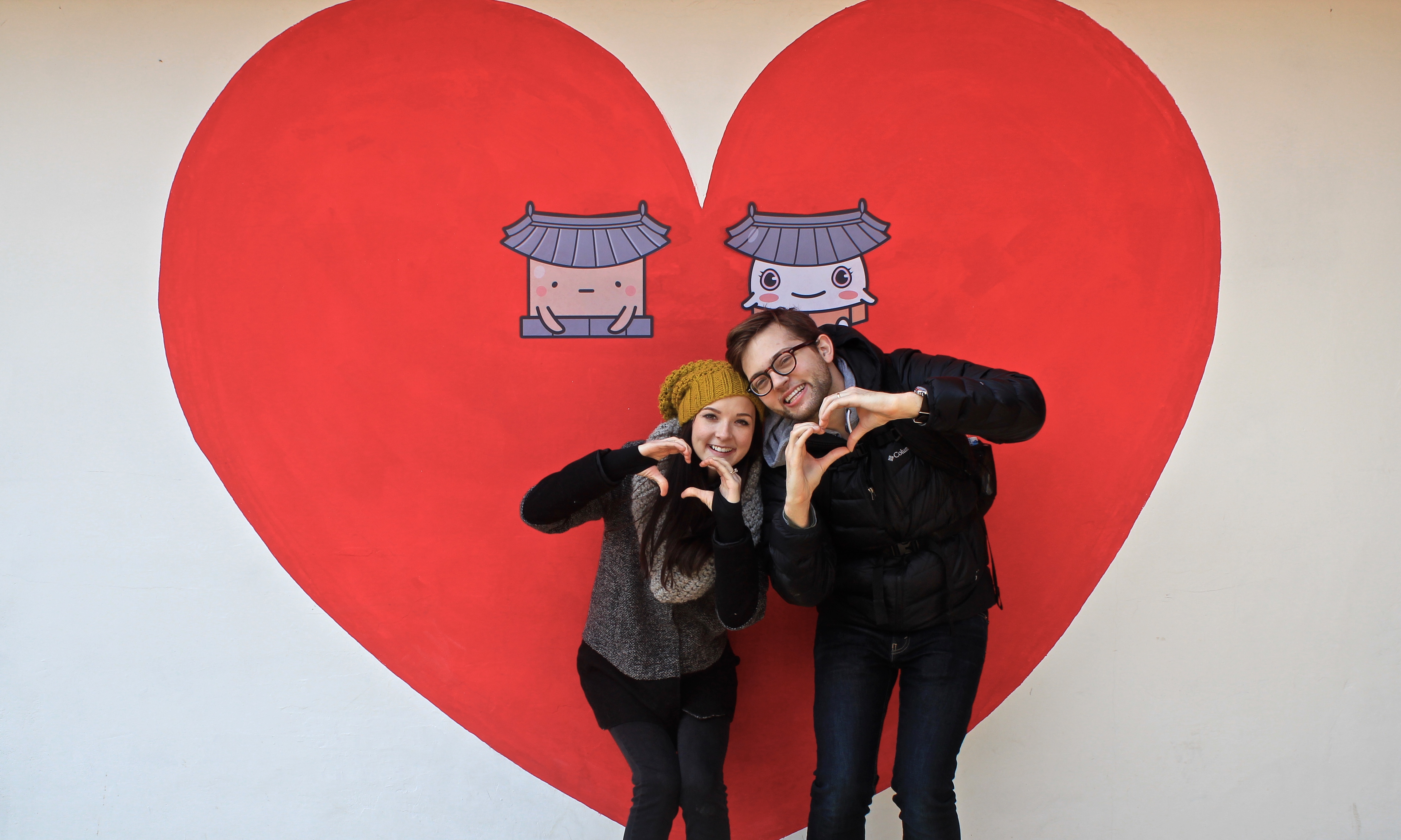
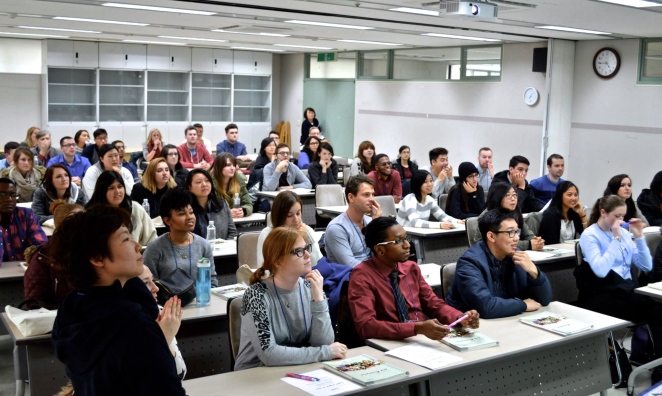

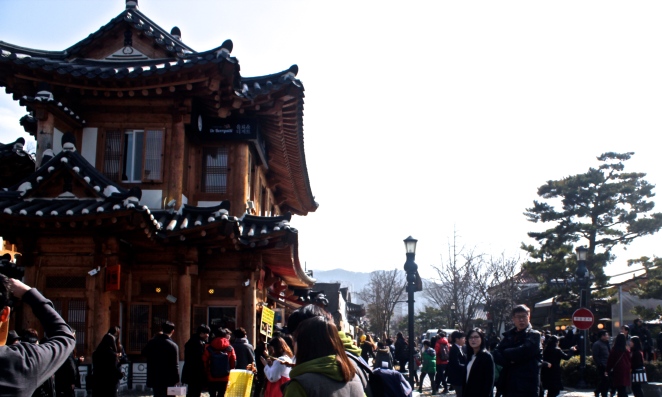


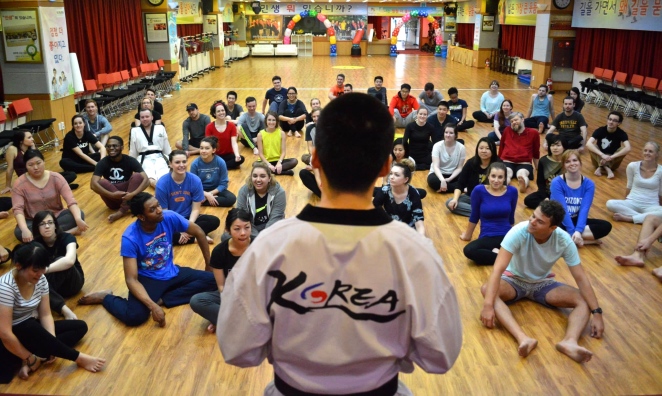
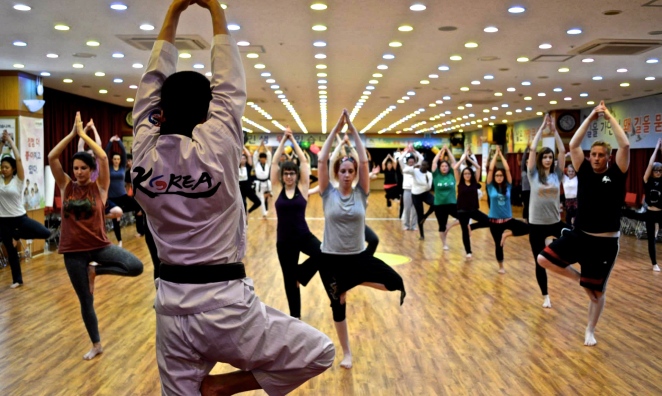
Awesome update!!! Sounds like you’re having a blast and enjoying your new home 🙂
LikeLike
Thanks Bethany! We’re pretty excited, we think we will enjoy this area a lot 🙂
LikeLike
Hello! My name’s Afua, and I found your blog researching esl in Korea. If you don’t mind my asking, did you guys use a recruiter or did you apply directly to the EPIK Program?
LikeLike
Hi Afua! So sorry it took me this long to reply. We went through an amazing recruiter called TeachESLKorea! Fantastic experience with them, would totally recommend them!
LikeLike